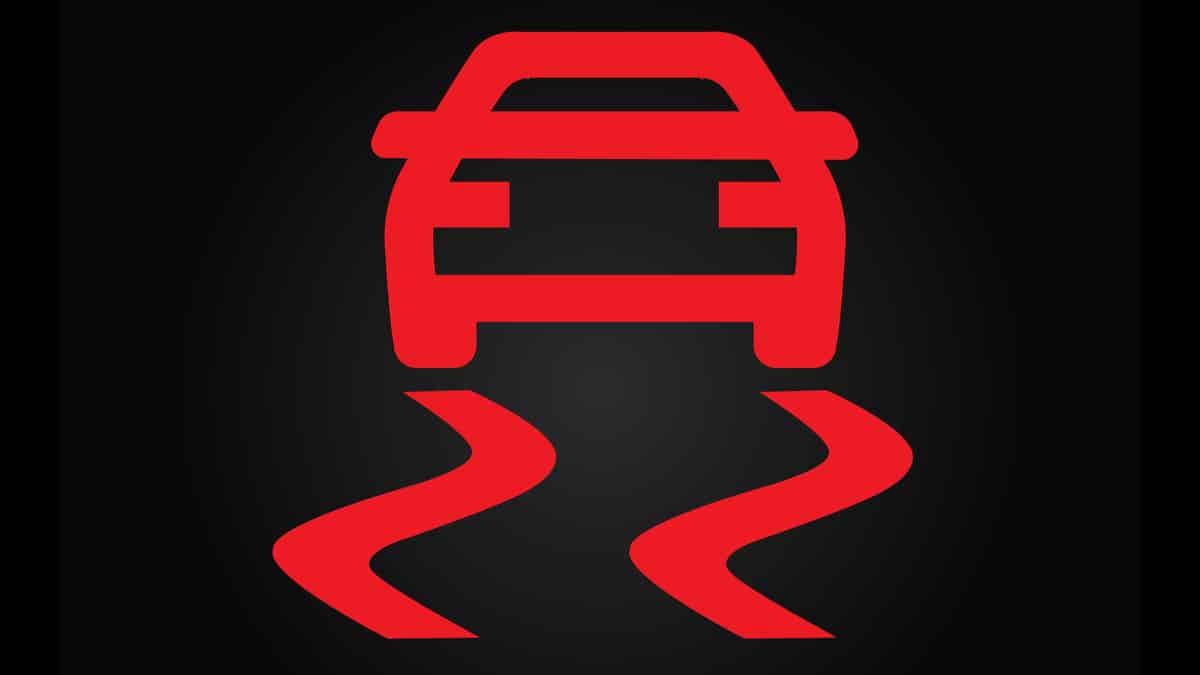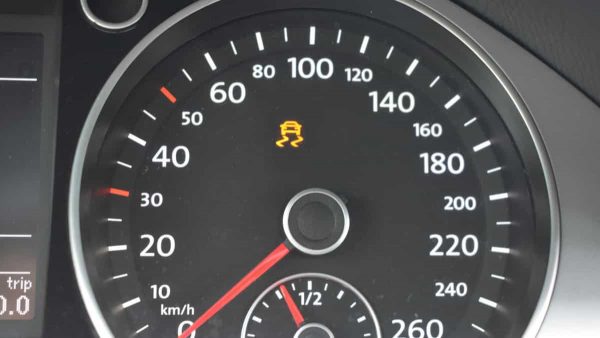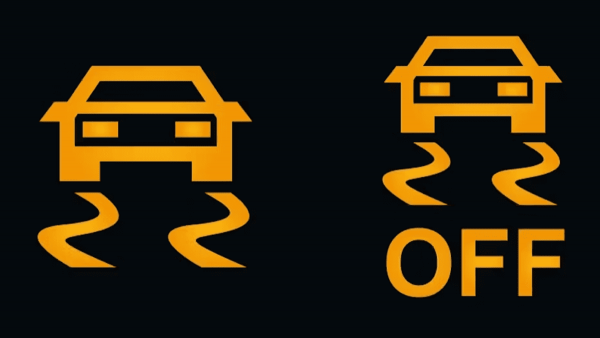In our comprehensive discussion, we delve deeper into the nuanced world of vehicular technology, focusing on the Traction Control System (TCS), a critical feature in contemporary automobiles. This system is exemplified by a unique indicator on your car’s dashboard, serving as a beacon for vehicle stability and control. Our goal is to illuminate the nuances of the Traction Control Light and offer an in-depth understanding of the necessary actions for safeguarding the longevity and optimal performance of your vehicle.
Decoding the Role of the Traction Control Light in Modern Vehicles
The Traction Control Light, visually represented by an icon of a vehicle in a precarious state, is an integral part of today’s automotive landscape. This indicator is the physical representation of the Traction Control System, a sophisticated safety mechanism designed to empower drivers with enhanced control over their vehicles, especially under challenging road conditions like slippery or uneven surfaces.
When the vehicle’s advanced sensors detect conditions such as wheel spin, loss of grip, or skidding, the traction control system springs into action. It applies a calculated braking force to specific wheels or adjusts the engine power dynamically to reclaim traction. This makes the Traction Control Light an invaluable indicator, signifying the system’s activation or alerting the driver to potential issues within this crucial safety apparatus.
Interpreting the Implications of an Activated Traction Control Light
The activation of the Traction Control Light can be interpreted in two ways. It either points to the Traction Control System’s active role in averting wheel spin or signals a malfunction within the system. Under normal circumstances, when the vehicle is ignited, this light should briefly illuminate and then extinguish, assuring the system’s proper functionality.
If, however, the Traction Control Light becomes visible while driving, it typically indicates the system’s involvement in regaining control over the wheels. The light should extinguish once the vehicle regains its stability. A light that remains lit continuously, however, signals a malfunction, demanding immediate and thorough attention.
The Criticality of Timely Action When the Traction Control Light Illuminates
An illuminated Traction Control Light, while not always a sign of imminent danger, should never be disregarded. If the light illuminates sporadically during particular driving maneuvers, such as during abrupt maneuvers, sudden stops, or in slippery conditions, it is usually demonstrating the TCS’s effectiveness in maintaining vehicle stability.
On the other hand, a light that stays illuminated constantly is a red flag, indicating a system fault. Ignoring this signal can lead to compromised vehicular stability, particularly in adverse driving conditions, raising the risk of accidents. Moreover, overlooking these warnings can cause extensive damage to the vehicle, incurring significant repair costs and potentially impairing the vehicle’s overall functionality and safety.
Expanding Perspectives on Appropriate Measures for Traction Control Light Indications
In the realm of automotive expertise, there’s a rich tapestry of opinions on the apt course of action when faced with the activation of a vehicle’s Traction Control Light. A segment of these experts posits that encountering this light, especially in adverse driving conditions, is a relatively routine scenario that doesn’t necessarily call for an immediate, distinct response. Their standpoint is that drivers should persist with their travel, albeit exercising increased alertness, until the system self-regulates and the indicator naturally deactivates.
On the flip side of this debate, a separate cadre of specialists advocate for a more assertive stance. Their recommendation is that upon witnessing the light’s activation, drivers should promptly find a safe spot to halt their vehicle and execute a restart. This action, they argue, often triggers a reset of the traction control mechanism. If the light endures even after this attempt, they urge the necessity of an expedited visit to a certified mechanic, highlighting the criticality of preemptively addressing any lurking mechanical issues. The choice of the best-suited response is influenced by a myriad of variables, including the specific driving conditions at the time, the age of the vehicle, and its history of upkeep.
Personal Insights: Indispensable Actions When Confronted with a Traction Control Light Alert
Beyond the spectrum of expert opinions, there are indispensable actions to consider when your vehicle’s Traction Control Light comes on. Initially, when you notice the light while driving, it’s crucial to discern whether it’s signaling a reaction to challenging environmental conditions or hinting at a potential system glitch.
If the light turns off after a brief interval, it is advisable to continue your journey, but with a significantly enhanced level of attentiveness. However, if the light persists, it’s wise to locate a secure area to park and attempt a restart of your vehicle. This might effectively reset the traction control system. Should the light remain illuminated after this procedure, it becomes imperative to arrange for an immediate evaluation by a professional mechanic. Ignoring this warning light is ill-advised, as it pertains not just to the mechanical health of your vehicle, but also crucially impacts your safety on the road.
Concluding Thoughts: Traction Control Light Activation – A Call for Judicious Action
The role of the Traction Control System and its corresponding warning light is pivotal in upholding a vehicle’s stability and safety. The illumination of the Traction Control Light should be a cue for caution, rather than a cause for alarm. It is of paramount importance to understand the implications of this signal and to respond in a manner that ensures the well-being of both the vehicle and its occupants. In situations of uncertainty, it’s always best to err on the side of caution and seek professional advice. An in-depth comprehension of our vehicles, coupled with an awareness of their warning signals, is instrumental in fostering a secure and smooth driving experience.



